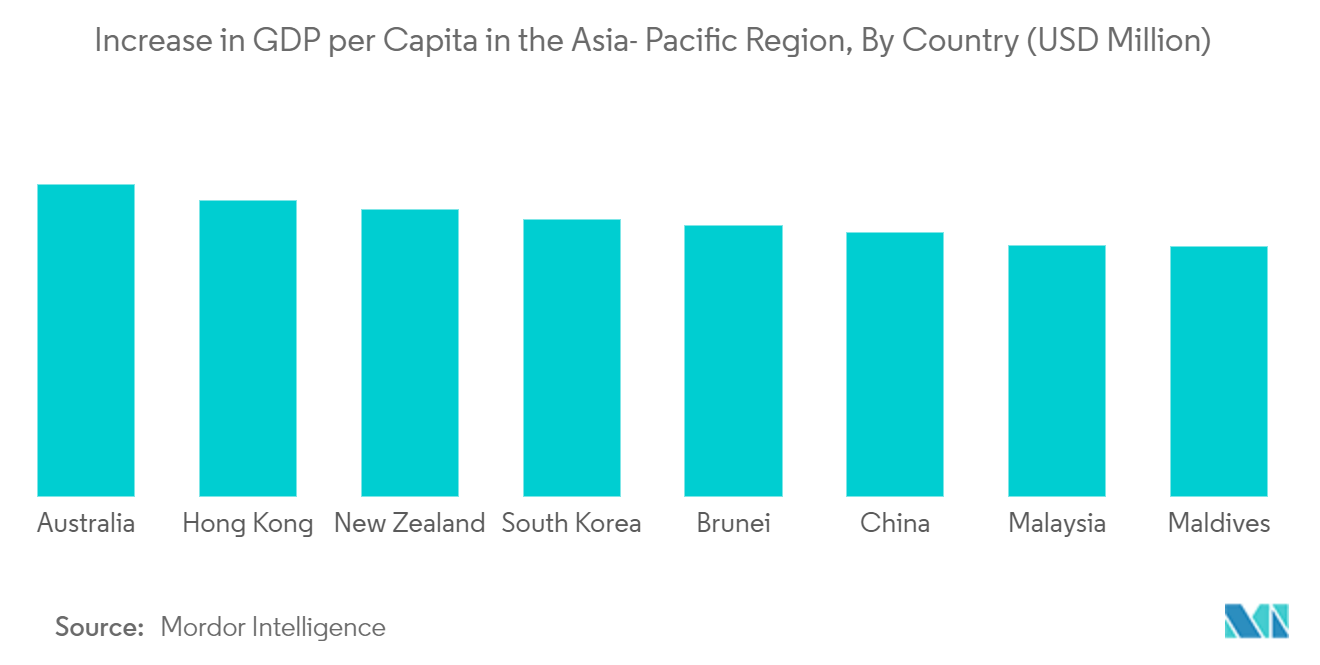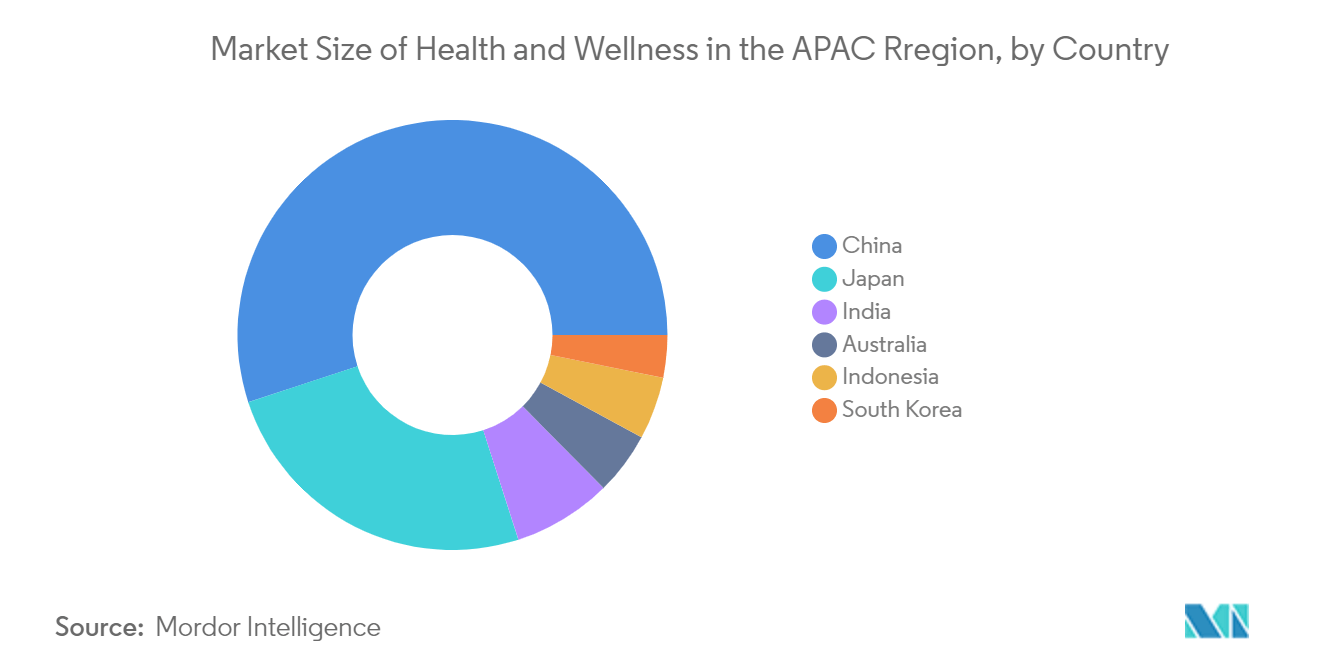Market Trends of Asia Pacific Induction Hobs Industry
This section covers the major market trends shaping the APAC Induction Hobs Market according to our research experts:
Rising Disposable Income and Affluent Standard of Living is Driving the Market
The major trend of the market in the area is rapid urbanization and rising disposable income. Additionally, the preference for modern appliances is assisting in surging the demand for induction hobs. The technical advancement in appliances is anticipated to present the region's major firms with considerable potential. For instance, Panasonic's induction features exact temperature, four cooking zones, and an LED display with a slider regulator with cutting-edge technology.
Rising high-tech appliance use is anticipated to promote market expansion throughout the forecast period. The market experienced a boost from the widespread use of e-commerce, particularly in emerging nations.
Significant demand for the product is anticipated from the residential sector, likely to drive the market over the forecast period. It is projected that the household segment will make up a sizeable portion of the induction. Induction hob sales online are also increasing, opening up the profit potential for the market.

Increasing Focus Among Health and Wellness Products Among People is Surging the Market’s Growth
When fossil fuels are burned, a variety of pollutants are created that, in high enough concentrations, are known to be detrimental to human health. Many childhood asthma cases in Australia are related to gas cooking. The risk of developing asthma for a child living in a gas-cooked home is comparable to that of a youngster who smokes. Additionally, gas cooking has been related to a higher risk of respiratory infections, slight declines in children's lung function, and rhinitis.
Air pollutants like nitrogen oxides (NOx), which are released within just a few minutes of using a gas stove, can dramatically raise the risk of causing respiratory ailments if there is inadequate ventilation.
Additionally, homes with gas stoves have nitrogen dioxide (NO2) concentrations that are 50% to 400% greater than those with electric stoves. The pollution resulting from the gas stoves frequently approaches levels prohibited outside. For instance, the annual limit of NO2 was reduced from 40 mg per cubic m. to 10 mg by the most recent WHO air pollution recommendations. However, in kitchens, those could reach levels of 2,000 mg.
Natural gas is also a very polluting fuel. Although it produces more methane than coal, it emits 50-60% less carbon dioxide (CO2). Its warming potential is 84 to 86 times greater than carbon dioxide during 20 years. When gas stoves are turned off, they emit more than 75% of their methane emissions. Annual methane emissions from all gas stoves in US homes over 20 years have an equivalent climatic impact to 500,000 cars' CO2 emissions each year. These are the main concerns of consumers nowadays, which is driving the induction hobs market.

